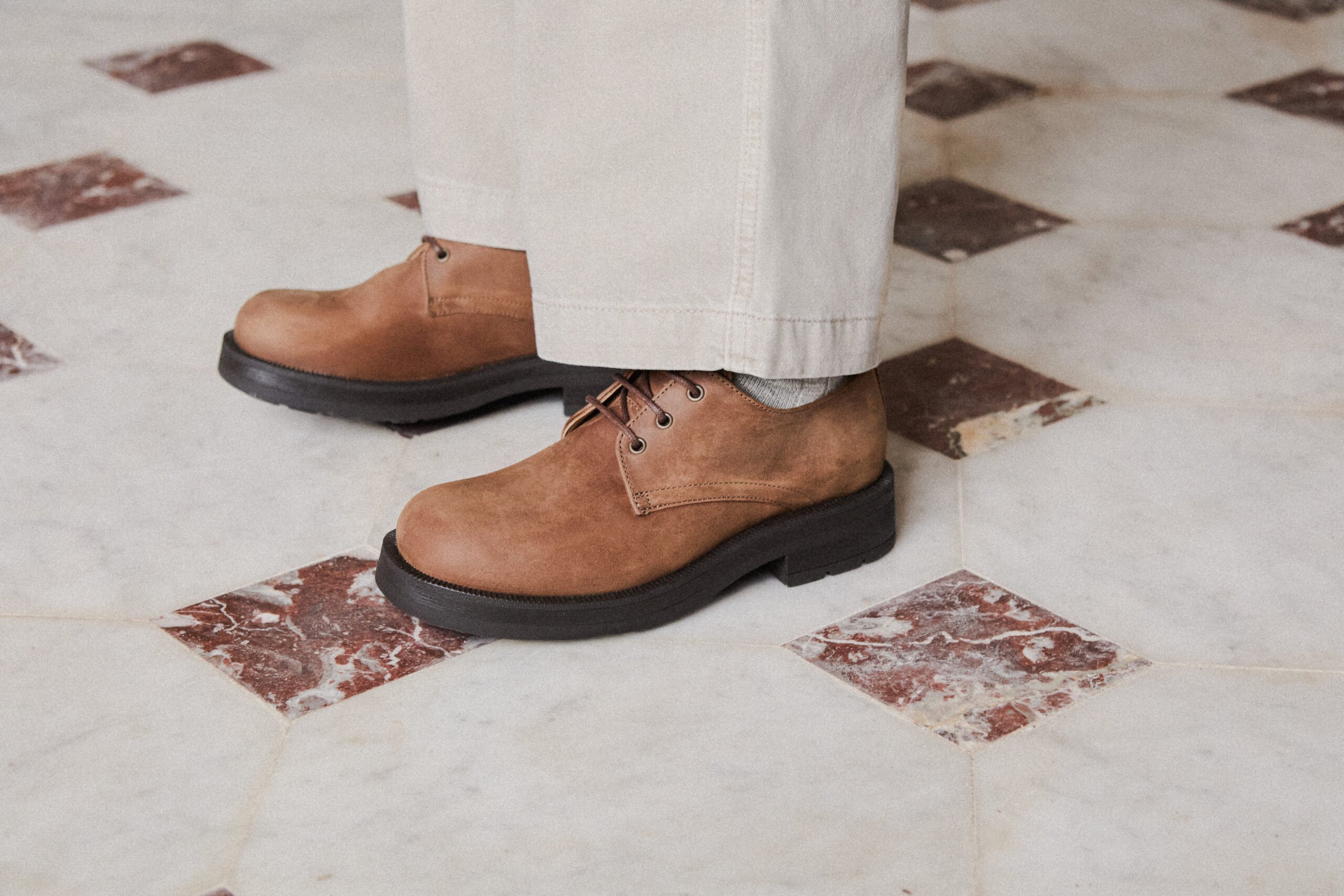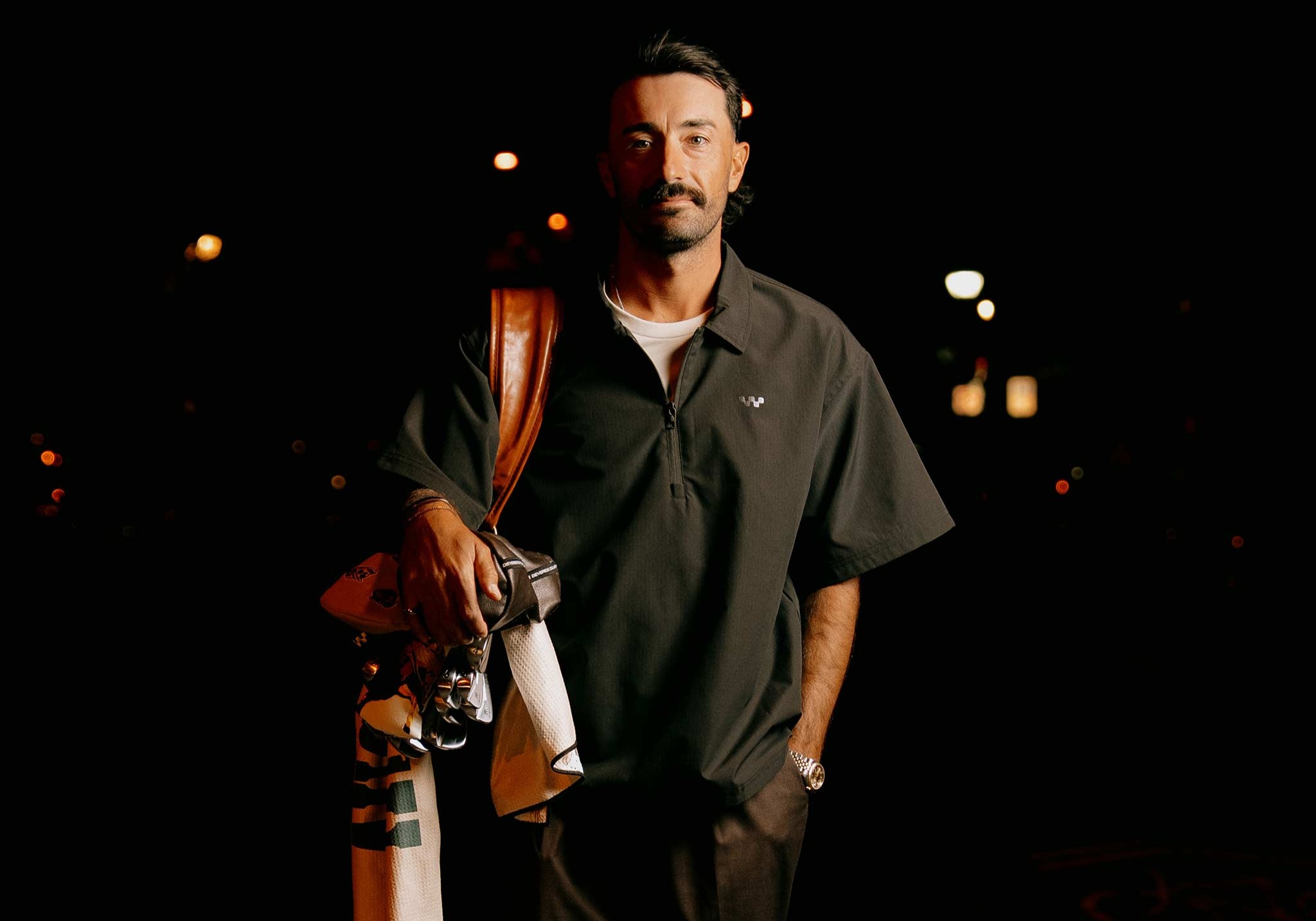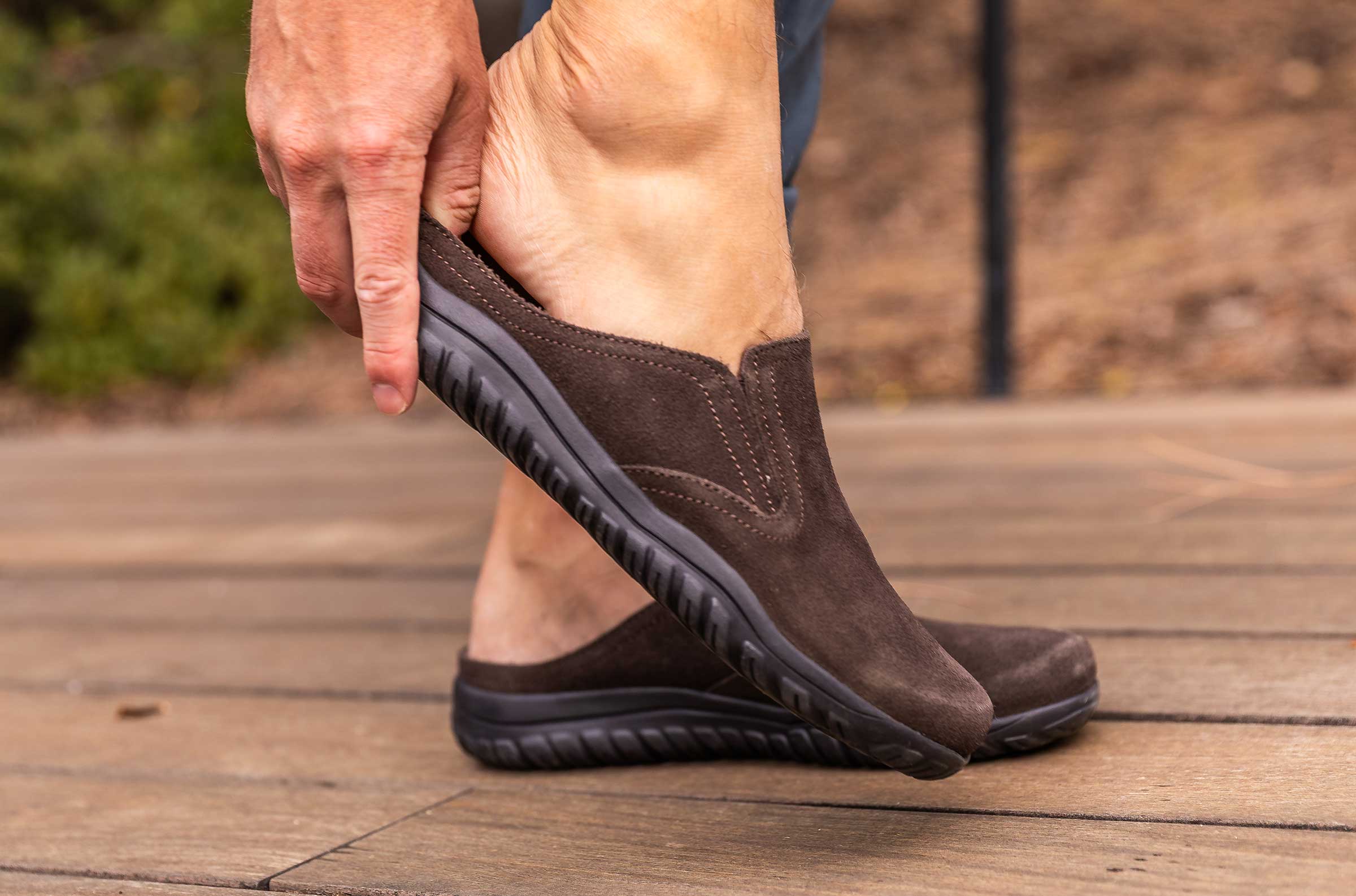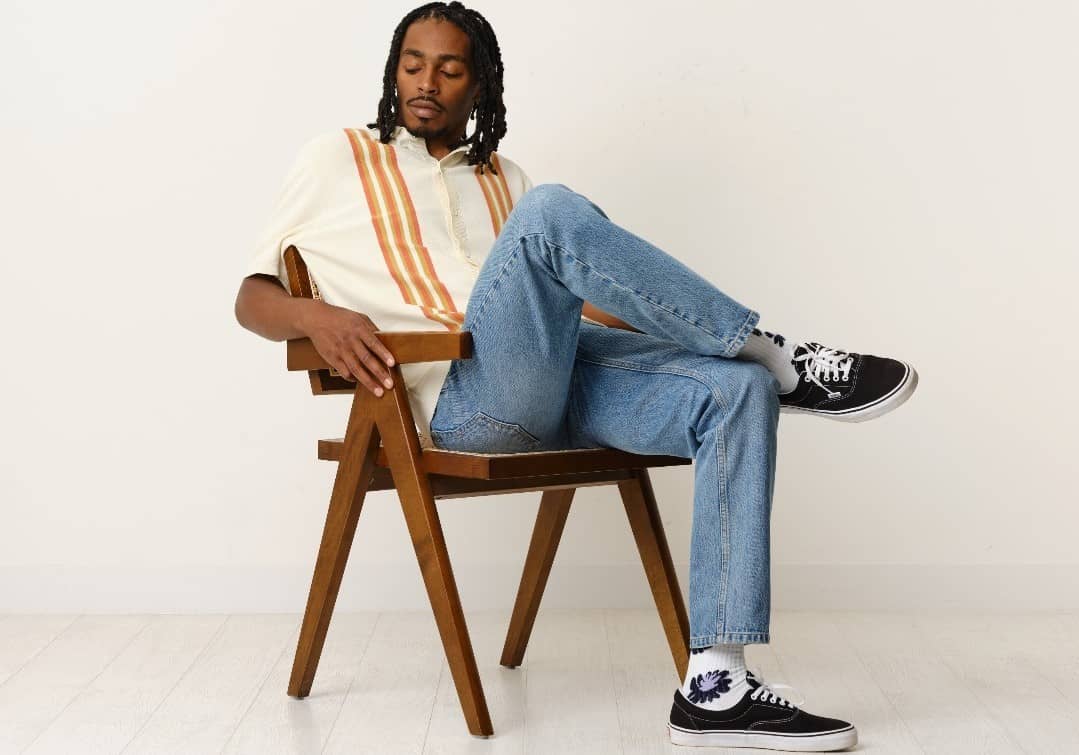The Evolution of Sex Part 3: On the Genetic Superiority of Women
Dec 24, 2025Why the World’s Coolest Workwear Still Comes from France | Inside Kleman’s Legacy
- Oct 28, 2025
- 0 Comments
133
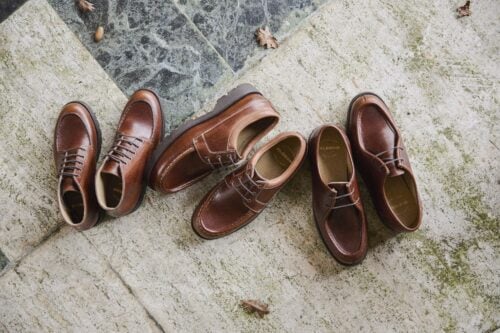
We independently evaluate all recommended products and services. Any products or services put forward appear in no particular order. if you click on links we provide, we may receive compensation.
French workwear has always carried a world-renowned authority. But not because it’s loud or boisterous or because it relies on logos or trends. It’s respected because it’s the kind of clothing built with purpose that just so happens to look good, because every detail serves one.
Few brands capture that honesty better than Kleman, a small French shoemaker from La Romagne that has turned decades of industrial craftsmanship into an understated uniform for modern life.
The Roots of Function
To understand Kleman, you have to understand where it came from. The story begins in postwar France, when René Cléon returned home after five years as a prisoner of war in Germany. He began making shoes again, first from his family home and later from a small factory in western France. The company grew through the 1970s and 80s, building a reputation for reliability among public institutions.
By 1988, the family launched the Kleman label, a contraction of Cléon Manufacture. It became a trusted supplier to organizations like the French railway company, Air France, customs officers, and even firefighters.
These were shoes made for people who needed them to work every day, in every condition.
That background matters because it defines everything the brand still stands for: utility, comfort, and a kind of thoughtful design that is unmatched by many modern manufacturers.
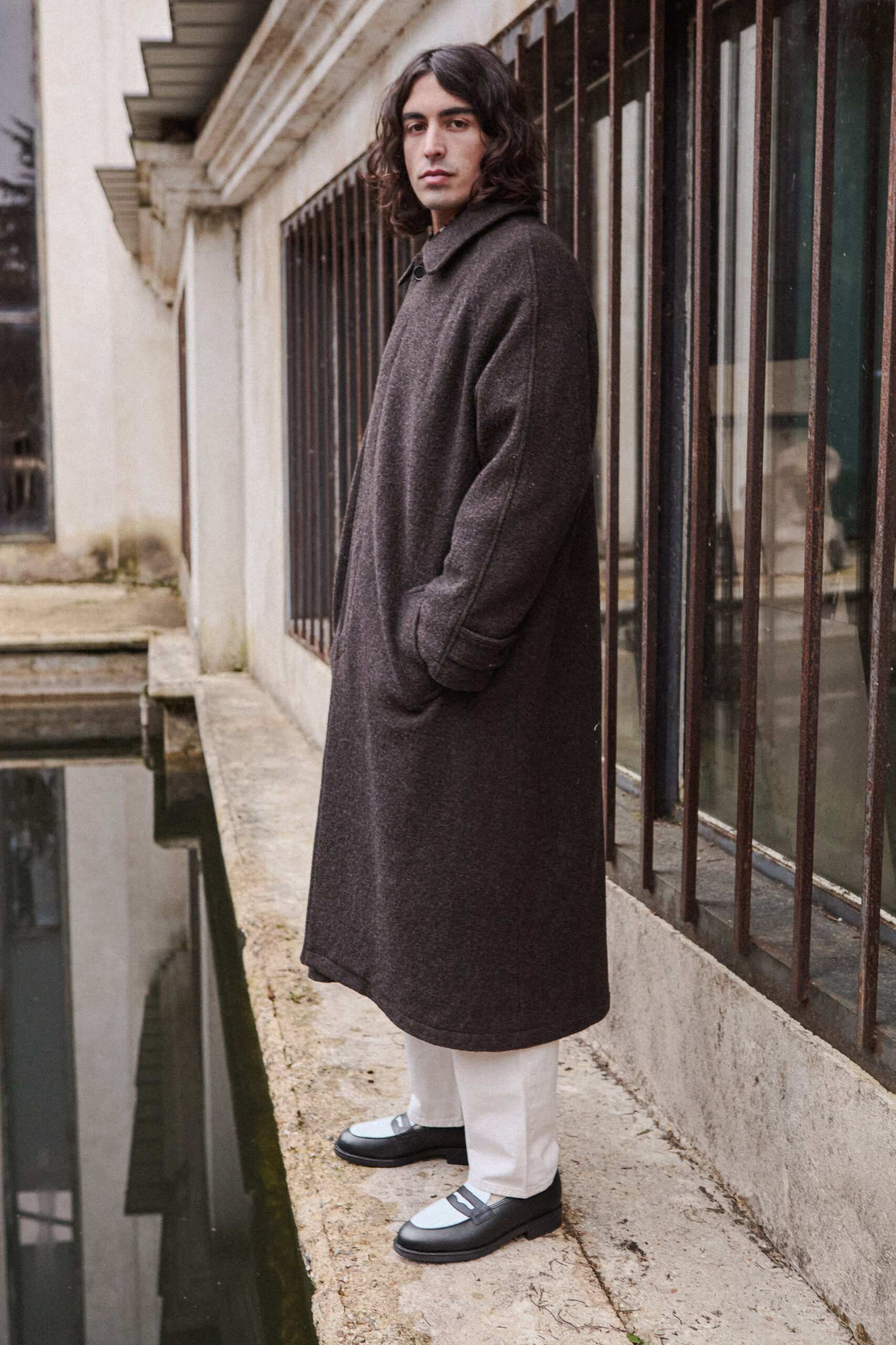
Made in France Still Means Something
Today, Kleman continues to produce all its shoes in the same region, in a workshop of about forty-five craftspeople. Each pair passes through a sequence of steps that feel almost unchanged from decades ago: cutting the leather, assembling the uppers, welding the soles, and finishing by hand.
The brand’s philosophy is captured in what it calls its French manifesto. It centers on four ideas: proximity, premium materials, craftsmanship, and sustainability. The leathers come from European tanneries. The laces are woven ten kilometers from the factory. Everything about the process favors local sourcing and traceability over scale.
That commitment to keeping production in France is practical with a touch of nostalgia. It ensures consistent quality, protects regional skills, and reduces unnecessary transport. With plenty of outsourced production (not a bad thing) and rebranded imports, it’s hard not to admit that the Kleman model is rare.
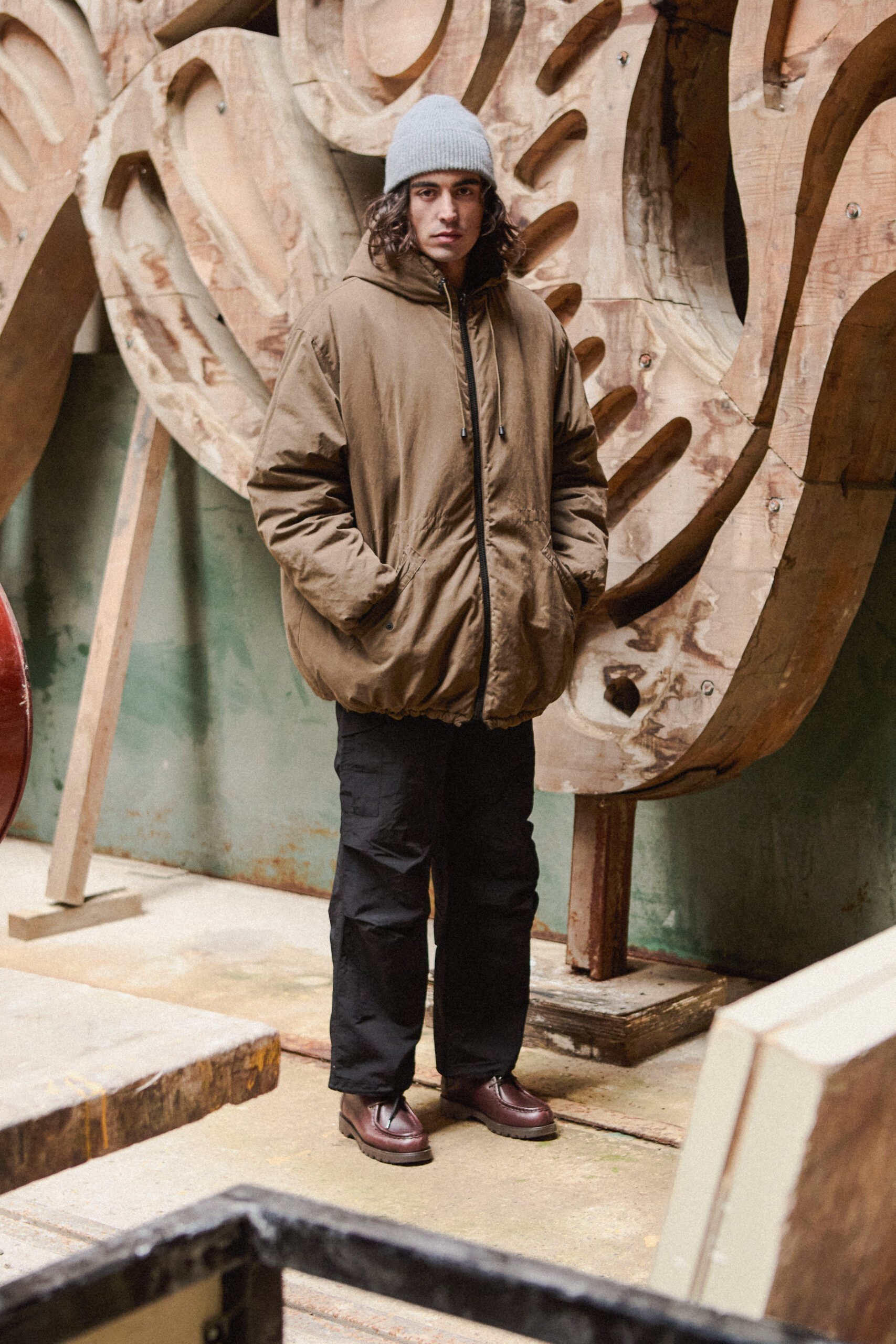
The Padror: Simple, Durable, Honest
The shoe that best represents Kleman’s identity is the Padror, a moc-toe derby originally made for factory and rail workers. It has a chunky sole, thick stitching, and a balanced silhouette that feels equally suited to a workshop or a studio in Paris.
Fashion insiders often compare it to the Paraboot Michael, another French icon with similar roots. The difference is that Kleman’s version feels more grounded. The leather is firm but supple, the sole is dense and long-wearing, and the finish is deliberately plain. It’s not dressed up or down, it’s exactly as it needs to be.
That neutrality is what makes the Padror so adaptable. It works with denim and wool trousers. It looks right with a clean white tee or a navy overshirt.
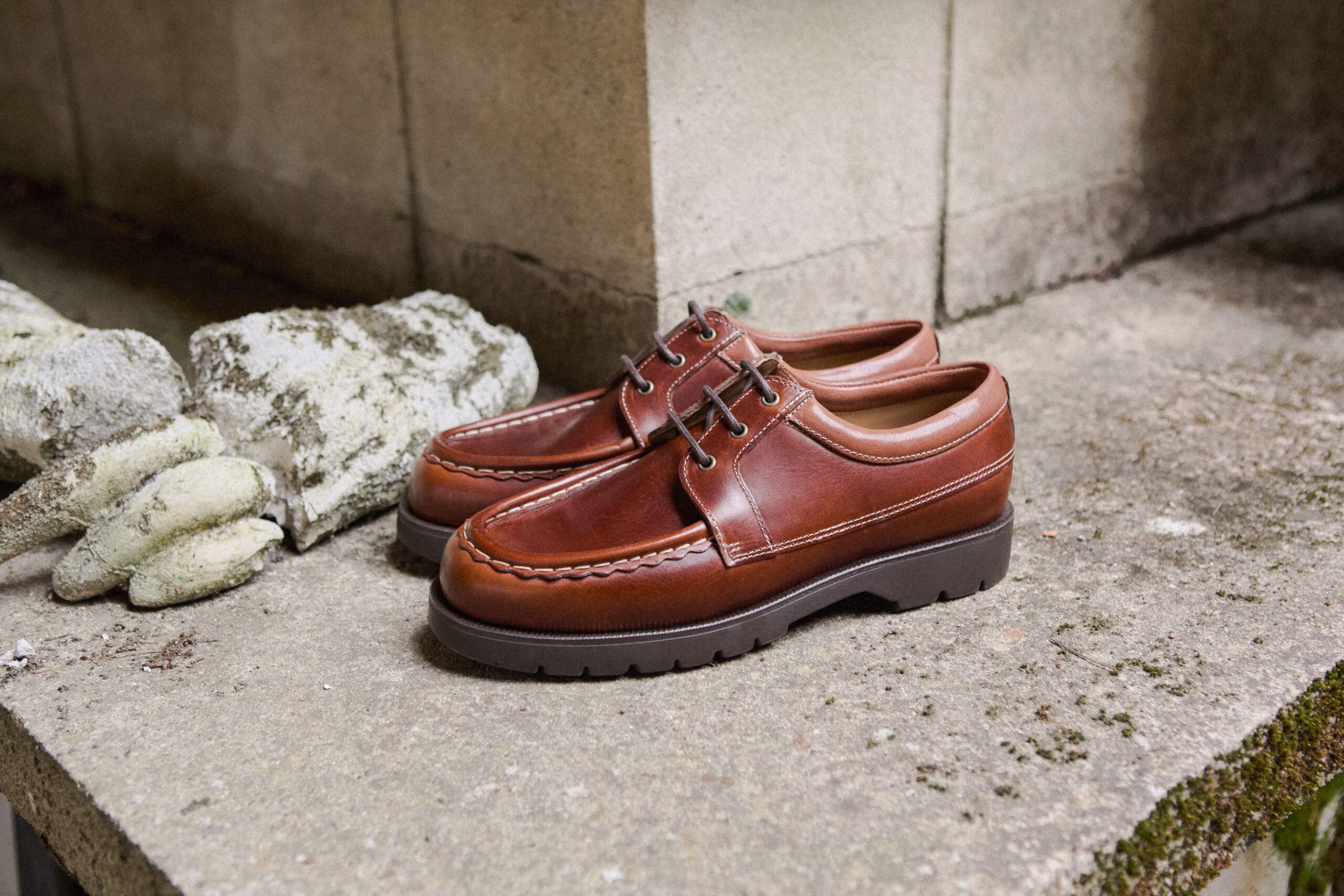
Utility as Style
Kleman sits comfortably within a broader French lineage that has redefined how we think about workwear. Brands like Vetra, and Le Laboureur, have built their reputations on the same principle: make things that last and let the design speak through its purpose.
This approach has found a second life among creatives who want clothes and shoes that feel authentic. In Paris, London, and Tokyo, you’ll see Kleman shoes paired with cropped trousers and vintage jackets—the uniform of people who value consistency over novelty.
Sustainability Through Continuity
Kleman’s eco-friendly direction is not a marketing pivot but a deliberate extension of the brand’s long-standing values. In 2018 the company launched its “OAK” range, described as “a collection of chrome-free leather shoes from bovine skins sourced from Portugal and Spain.” In 2020 Kleman introduced the “VGT” range — shoes made from vegetable-tanned European bovine leathers, tanned using natural essences and pigments in tanneries audited by the Leather Working Group.
Beyond material choice, Kleman emphasises local sourcing and traceability. All their leathers come from European tanneries. Their shoelaces are woven just ten kilometres from their workshop, providing direct control of that part of the supply chain. Their manufacturing workshop in La Romagne (Anjou, France) still employs around 45 people who cut, stitch, assemble and finish the shoes.
These layers of transparency and material integrity allow the brand to reduce environmental impact through fewer chemicals, less water and energy in leather processing. For example, their eco-friendly tanning processes “use less water and energy.” The VGT range page explains that vegetable tanning is “much more ecological than traditional tanning” because it uses plant tannins rather than potentially harmful chemicals, and in turn supports healthier working environments.
Kleman’s approach emphasises making shoes that are built to last, rather than chasing trend-driven cycles or frequent replacements. This is integral to the sustainable design strategy: prioritising durability, repairability and local production. In that sense, longevity becomes the sustainable choice.
By focusing on fundamental choices—European materials, low-impact tanning, proximity of manufacture, and durability—the brand maintains consistency in its values while adapting to more environmentally conscious methods.
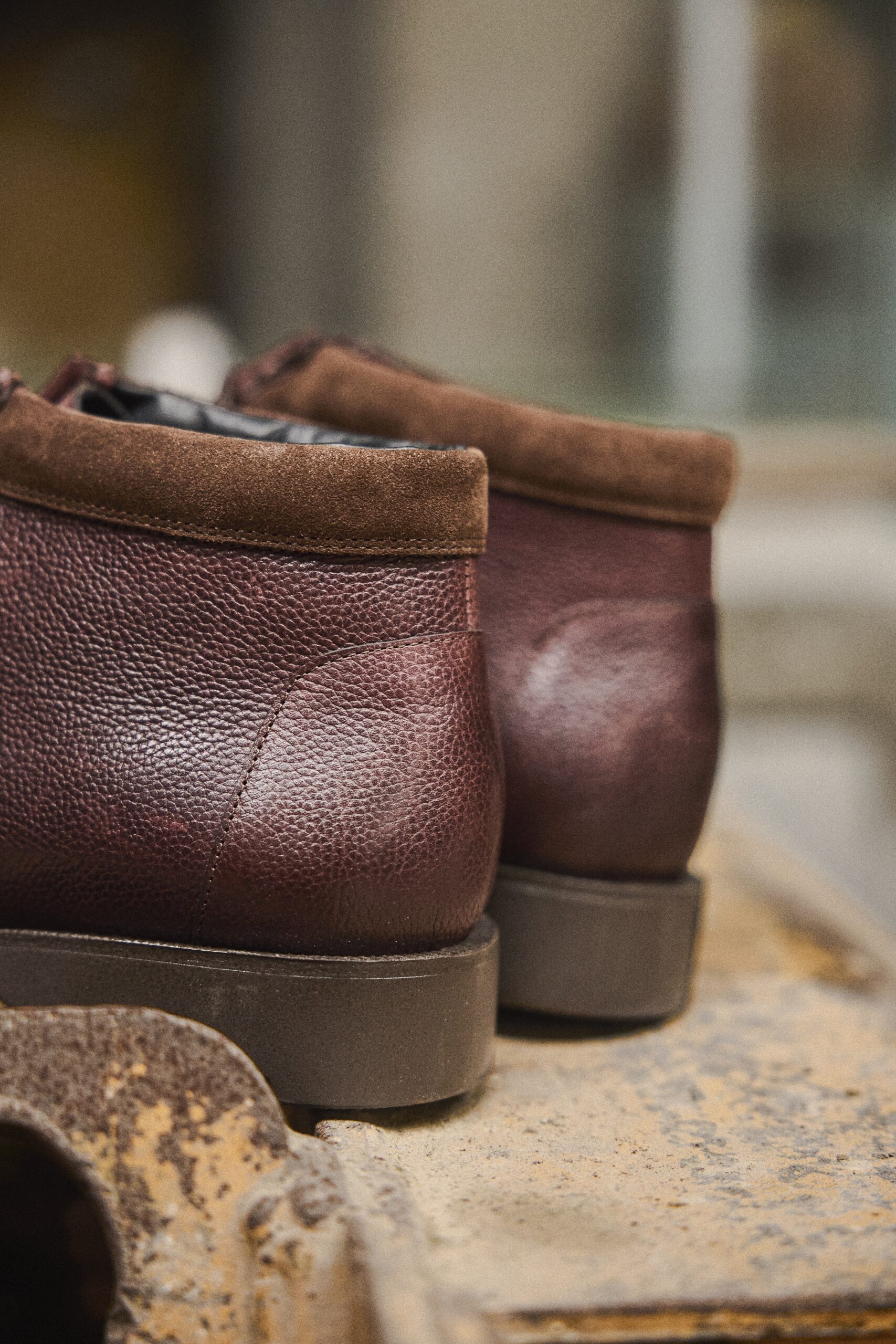
The Continuing Appeal of Simplicity
French workwear remains influential because it captures something that feels increasingly rare: the balance between design and necessity. Kleman’s shoes, like a good bleu de travail jacket, aren’t trying to impress. They’re designed to perform and age well, which makes them appealing to anyone tired of disposable fashion.
With constant newness everywhere you look, there’s value in something that doesn’t change much. Kleman’s models have looked the same for decades, and that consistency is part of the charm. The materials evolve, the production becomes cleaner, but the essence stays the same.
The editorial team at FashionBeans is your trusted partner in redefining modern men’s style. Established in 2007, FashionBeans has evolved into a leading authority in men’s fashion, with millions of readers seeking practical advice, expert insights, and real-world inspiration for curating their wardrobe and lifestyle.
Our editorial team combines over 50 years of collective experience in fashion journalism, styling, and retail. Each editor brings specialized expertise—from luxury fashion and sustainable style to the latest grooming technology and fragrance science. With backgrounds ranging from GQ and Esquire to personal styling for celebrities, our team ensures every recommendation comes from a place of deep industry knowledge.
Publisher: Source link





